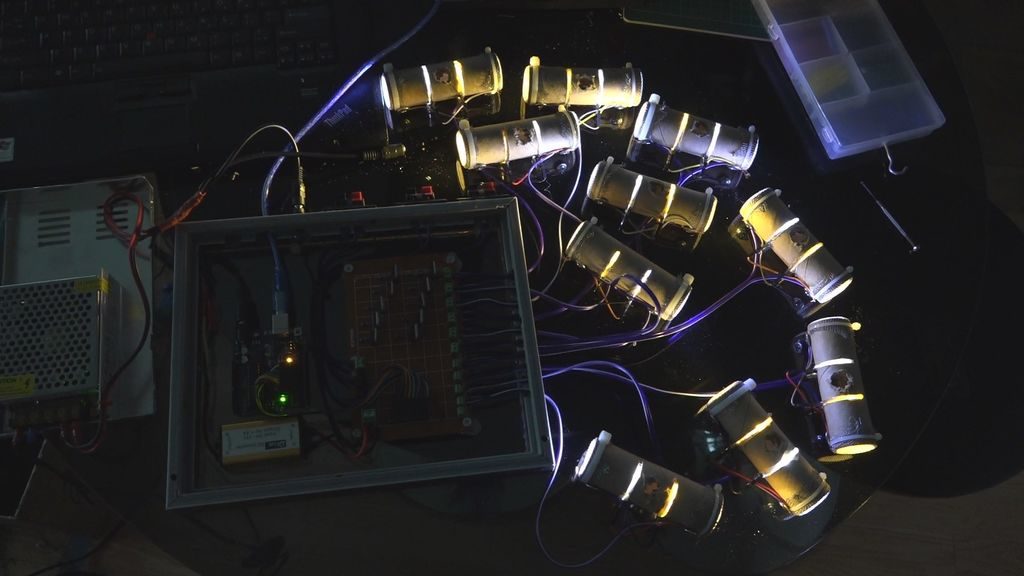Wall-mounted world map shines brightly with fiber optics

Apparently not content with looking at a map in a book or on a computer screen, YouTuber ShareAHack.com decided to CNC cut and mount a projection of the world onto his apartment’s wall!
The build was completed in sections and pieced together to form the model, with moss-covered land masses and cities represented by fiber optic LEDs.

Illumination is provided by a series of LED units, which combine white and yellow light that is transmitted to small drilled-out holes via a large number of fiber optic strands. An Arduino controls the lighting via N-channel MOSFETs, allowing it to randomly vary the output for a pleasing and realistic effect.

Files for the project are available here, though be warned that it took around six months to finish!